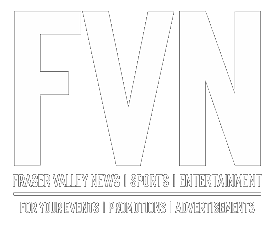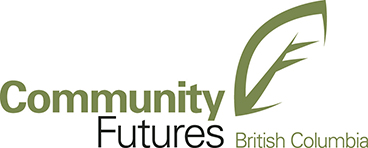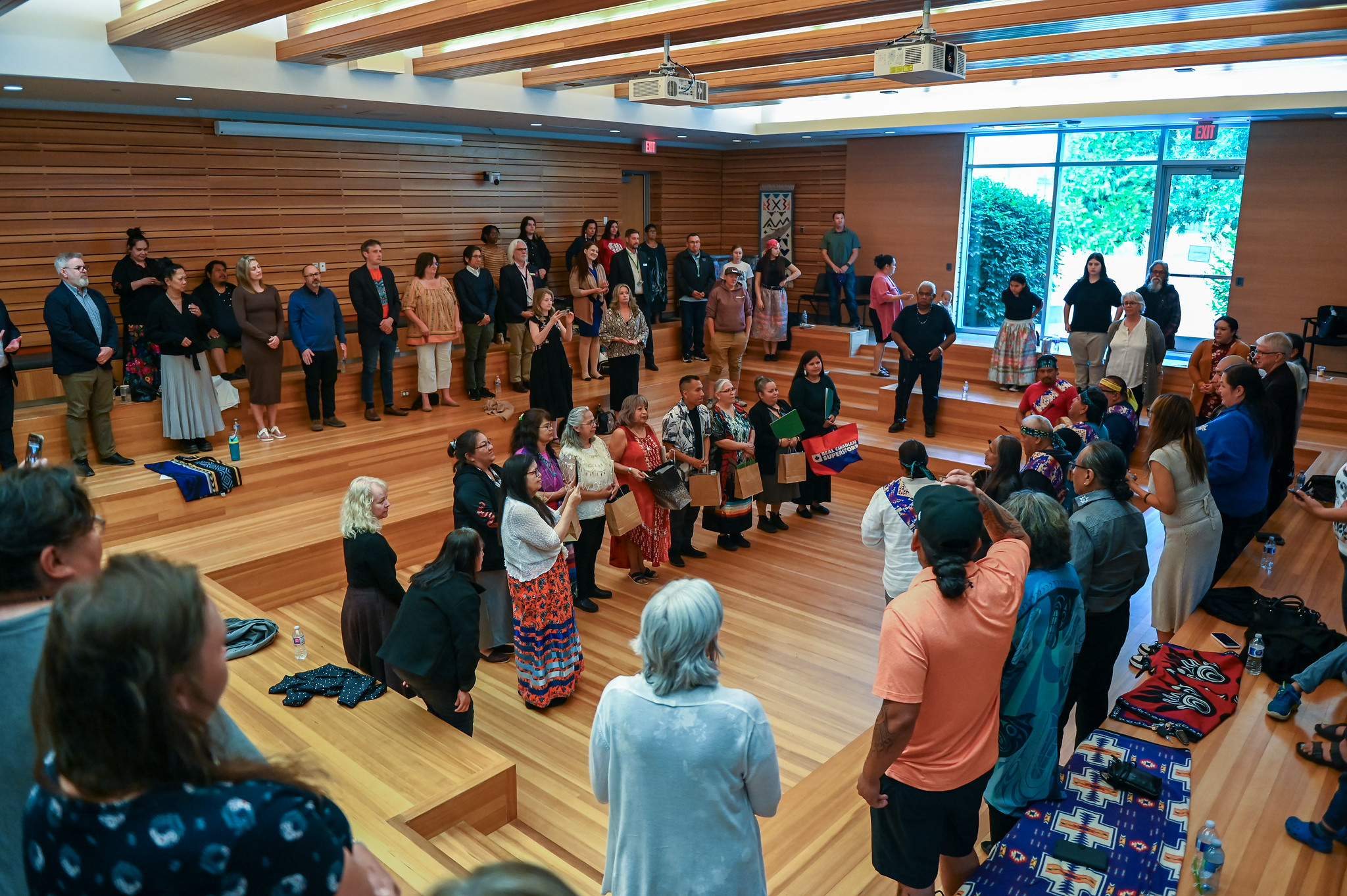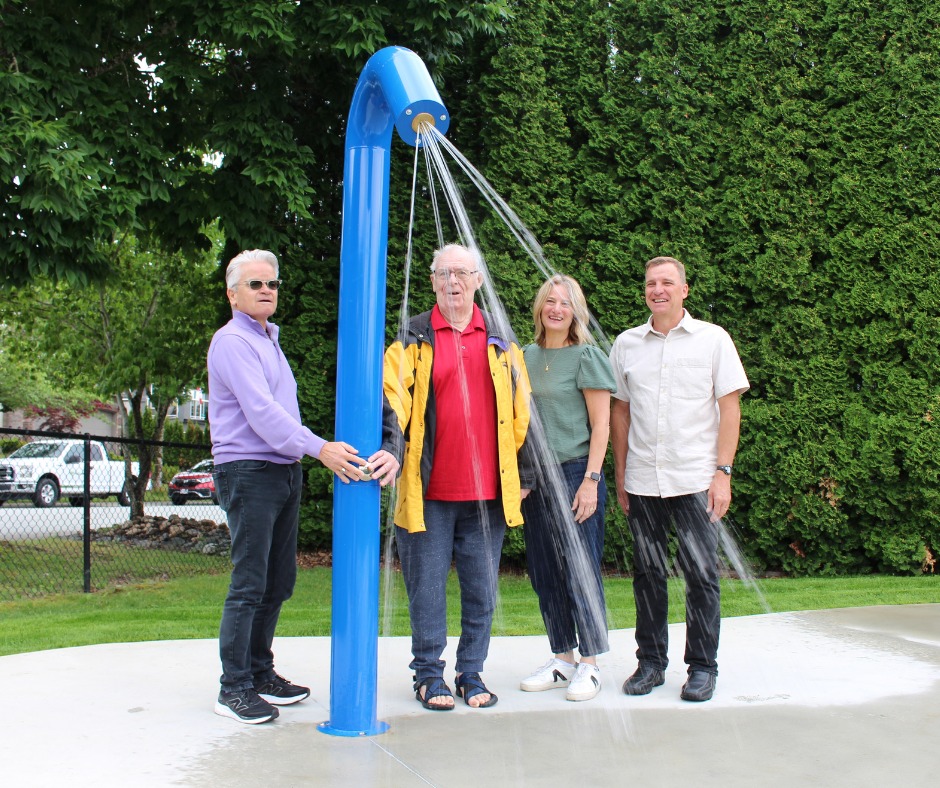Chilliwack – -What began as a single language course at the University of the Fraser Valley (UFV) in 2005 is now an entire graduate diploma program helping to preserve and revitalize the Indigenous language of the Stó:lō people. UFV’s first cohort of eight Halq’eméylem graduates recently crossed the stage on June 11 and celebrated at a special ceremony in the Gathering Place on UFV’s Chilliwack campus on June 18.
Upriver Halq’eméylem is a dialect of Halkomelem, spoken for thousands of years by Stó:lō communities all along the Fraser River and its tributaries, on Vancouver Island from Malahat to Nanoose and along the Cowichan River, and some areas of Washington. After years of loss and forced assimilation, today there is one living fluent speaker left.
The oral language was first written down in 1976 by the Coqualeetza Elders Group and linguist Brent Galloway. UFV honorary degree recipients Elizabeth Herrling and Siyamiyateliyot Elizabeth Phillips were both members of that group, awarded in 2004 and 2018 for their efforts to preserve their language. Thanks to their dedication, educators like Associate Professor Mary Stewart of UFV’s Modern Languages department can use this written system to keep the words alive in the minds of many more.
She was part of the first cohort of 20 students trained by fluent speakers at the Stó:lō Shxwelí Halq’eméylem Language Program through the Stó:lō Nation Agency and has been teaching Halq’eméylem to a new generation of learners for the past 30 years.
“They offered classes during the day. It was all day. So, I gave up my job and started learning Upriver Halq’eméylem. It was only going to be for six months — but it’s been a lifelong journey,” she says.
Mary’s teachers impressed upon her the importance of teaching the language with love. In her courses at UFV, she uses multiple strategies to engage her students and make the lessons memorable. Storytelling and in-person discussion are vital parts of her instruction, as well as Accelerated Integrated Methodology (AIM). AIM involves the use of gestures to teach language faster and more effectively. Some gestures use symbols from American Sign Language, which has roots in Indigenous “hand talk,” and others were collaboratively invented by her students.
One of her recently graduated students, Siyámíya Dianna Kay, will be returning home to teach Halq’eméylem herself. Kay’s family has lived on Seabird Island for generations; with her new credential, she aims to preserve the language there and help create a new generation of fluent speakers. Like many other graduates in her cohort, Kay was balancing full-time work as an educator on top of her studies. Next, she’ll be completing her PhD in Education and Language Revitalization at the University of Victoria.
“The language is the voice of our land,” she says. “It’s the way the land communicates through me. It’s a connection to my past that helps me understand the Stó:lō worldview, our cultural and traditional teachings. It makes me feel closer to my ancestors.”






